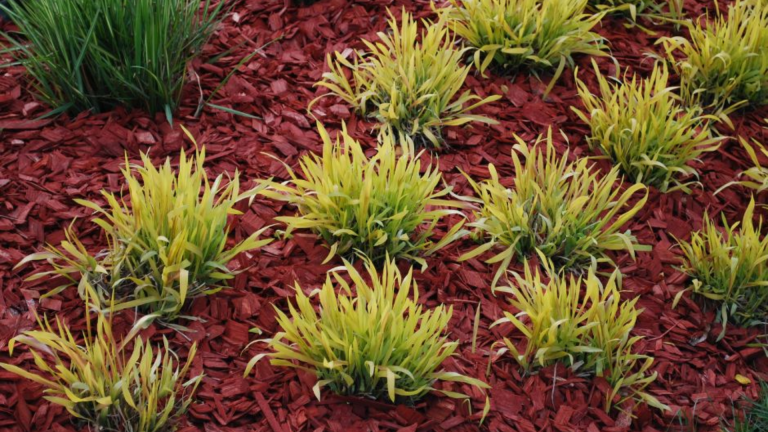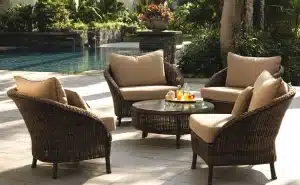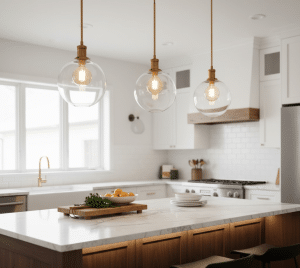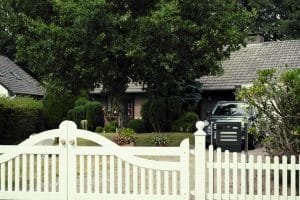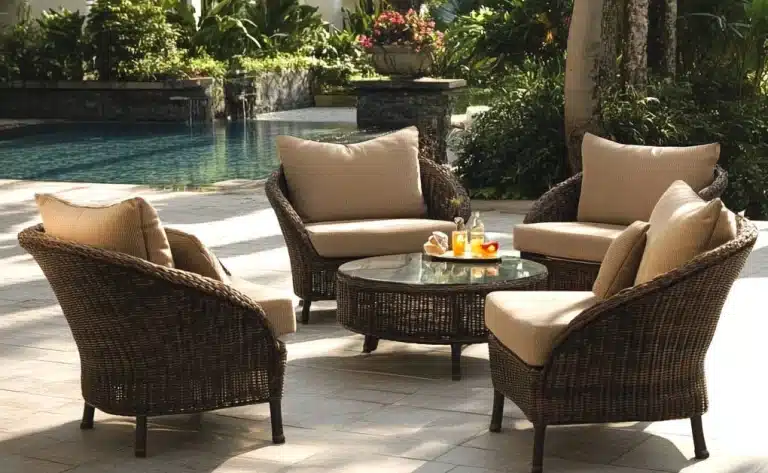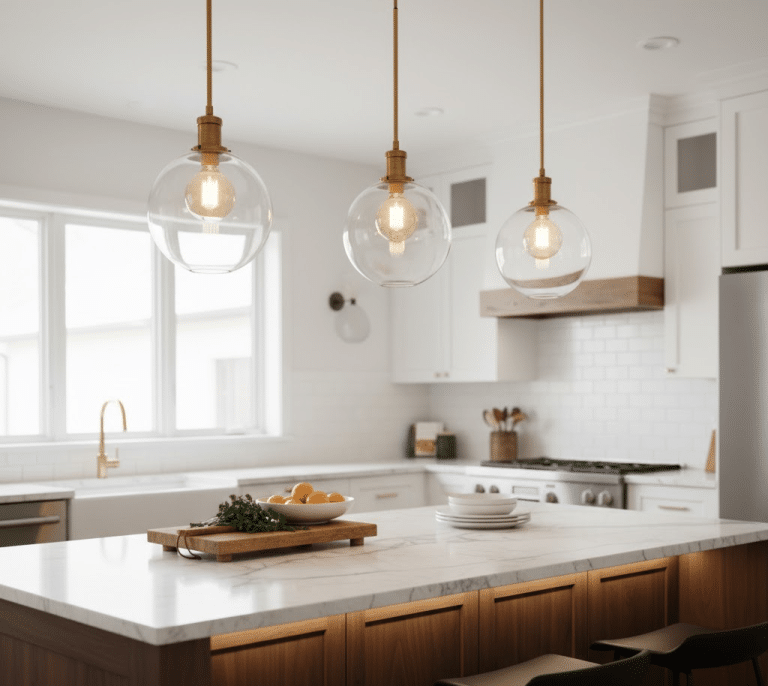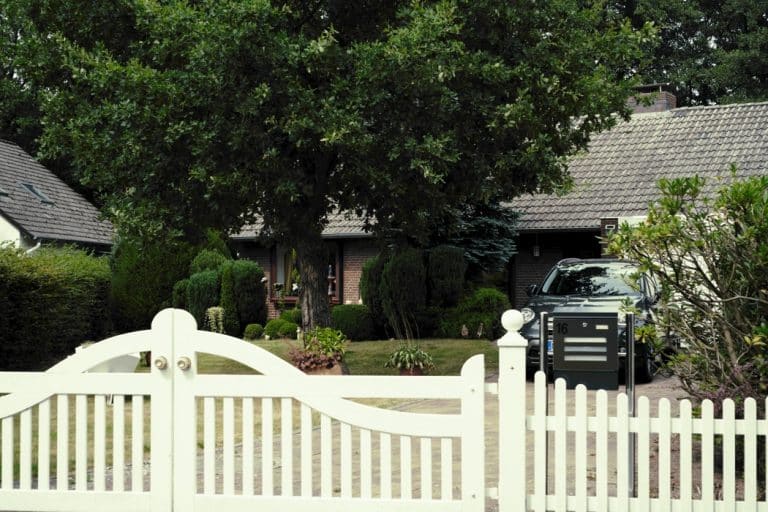Dyed mulch is easy to spot in yards and garden beds. Its bright color makes plants stand out and gives a clean, finished look. Many people choose it to enhance their landscaping without making significant changes elsewhere.
But is it safe for your soil and plants?
That’s the main question many gardeners ask when they see dyed mulch in stores or used in nearby yards. It looks good, but it’s important to understand what it’s made from and how it affects your garden over time.
Some types of dyed mulch are safe, but others may bring unwanted materials into your soil. The color itself is usually not the problem—it’s the kind of wood underneath that matters most.
In this article, we’ll look closely at what dyed mulch is, what risks it may bring, and how you can use it safely. We’ll also share natural options you can try if you prefer something simple and untreated for your plants.
Is Dyed Mulch Safe for Your Garden?

Dyed mulch is widely used in gardens and landscaping. It gives flower beds a clean look and helps keep the soil moist. But when it comes to safety, the answer isn’t always simple.
The dyes used in most mulch are not the problem. They are usually made from iron oxide or plant-based colorings. These types of dyes are not harmful to plants or soil when used correctly.
The real issue is the wood used in the mulch. Many dyed mulches are made from recycled materials, such as old pallets or construction waste. Some of this wood may have been treated with chemicals that can leak into the soil.
If the mulch comes from clean wood and uses safe dyes, it’s fine to use around flowers, shrubs, and trees. But for vegetable gardens or herbs, it’s better to be cautious.
Always check the origin of your mulch. When in doubt, opt for a natural solution to protect your plants and soil.
What Is Dyed Mulch Made Of?
Dyed mulch is a popular choice for garden beds because of its color and tidy look. But what it’s made from can vary. While the color may catch your eye, what really matters is the type of wood under that color.
- Made from recycled wood like pallets, construction debris, or hardwood scraps: Many dyed mulches come from leftover wood. If this wood was once painted, glued, or treated, it may carry harmful chemicals.
- Common dyes include carbon black, iron oxide, or vegetable-based colors: These are used for coloring mulch red, brown, or black. Most of these dyes are not harmful on their own.
- Risk comes from unknown wood origins, especially pressure-treated wood: Older wood from building projects can still contain dangerous substances. These can leach into your soil and affect plant health.
Knowing what kind of wood was used in your mulch is just as important as knowing the dye. If you’re unsure, it’s best to ask your supplier or choose a natural mulch instead.
How Dyed Mulch Can Affect Your Soil?
Dyed mulch alters the appearance of your garden, but it may also impact what happens beneath the surface. The type of mulch you choose can significantly impact soil temperature, moisture, and overall health.
In early spring, dyed mulch can slow the rate at which the soil warms. This may delay planting or early growth in some areas.
Poor quality mulch can also harm soil life. When mulch is made from poor-quality wood or contains fillers, it can block air and water from reaching the soil. It can also reduce the number of helpful microbes that support root growth.
If the wood in the mulch was previously treated or painted, chemicals may leach into the ground over time. This can impact how plants grow and the availability of nutrients in the soil.
Choosing the right mulch helps protect your soil and supports healthier plants throughout the year.
Is Dyed Mulch Safe for Vegetable Gardens?
Dyed mulch may look neat, but it’s not the best choice for areas where you grow food. The color may be safe, but the wood it covers can carry risks.
In a vegetable garden, safety matters more. If the mulch is made from old pallets or treated wood, it may contain chemicals that can leach into the soil and be absorbed by the plants.
This is a bigger concern with root crops and leafy greens. These plants grow close to the soil and can absorb more from their surroundings.
For gardens where you grow food, natural mulch is a better choice. Straw, untreated bark, shredded leaves, or compost are all safer options. They break down cleanly and add nutrients to the soil without introducing any unwanted substances.
Keeping your food garden clean starts with what you put on top of the soil.
Signs of Low-Quality Dyed Mulch
Not all dyed mulch is safe or long-lasting. Some products are made quickly with little care for what goes into them. These lower-quality mulches may appear attractive at first, but they break down quickly or harm your soil over time.
- Strong chemical smell: A harsh odor can be a sign that the wood came from treated sources or was exposed to industrial chemicals.
- Bright, unnatural coloring: While dyed mulch is often bold, overly bright colors may mean cheaper, less stable dyes were used. These often fade fast.
- Uneven texture or visible nails and debris: This can show that the mulch came from processed pallets or building waste. Sharp pieces are also a safety hazard.
- Fades quickly and compacts faster than high-quality mulch: As poor mulch breaks down, it can block water and air from reaching the soil.
Before using dyed mulch, take time to inspect it closely. If it looks or smells off, it may not be the best choice for your garden.
How to Use Dyed Mulch Safely in Your Garden?
Dyed mulch can be used safely if you take the right steps. It’s essential to prioritize quality and how you apply it. Buy mulch from a trusted source. Look for clear labeling or certification to ensure it doesn’t contain treated or unsafe wood.
If you’re unsure about the mulch’s origin, lay down a weed barrier first. This stops anything in the mulch from reaching your soil. Keep mulch away from plant stems and tree trunks. Piling it too close can cause moisture problems and lead to rot.
Spread mulch no more than 2 to 3 inches thick. This helps water and air move through while still controlling weeds. With careful use, dyed mulch can be both useful and safe in your yard.
Pros and Cons of Dyed Mulch
Dyed mulch can offer both good and bad results in your garden. Knowing the pros and cons can help you decide if it’s the right choice for your space. Here’s a quick look at both sides:
| Pros | Cons |
|---|---|
| Color lasts longer than natural mulch | It may come from unknown or treated wood |
| Improves curb appeal instantly | Can harm soil health over time |
| Helps control weeds and retain moisture | Not suitable for vegetable gardens |
While dyed mulch works well in decorative spaces, it’s not the best option for every garden. If you’re growing food or want to feed your soil naturally, consider choosing an untreated and organic option.
Alternatives to Dyed Mulch for Safer Gardening
If you want to avoid the risks that can come with dyed mulch, there are plenty of natural options that also help your garden. These choices improve soil quality, break down safely, and support plant growth without added colors or chemicals.
- Natural hardwood mulch: This mulch breaks down slowly, keeps moisture in the soil, and helps reduce weed growth over time.
- Shredded leaves: A great way to reuse yard waste. Leaves add organic matter and are free if you collect them yourself.
- Pine needles: Ideal for adding coverage and helping acid-loving plants, such as azaleas or blueberries, thrive. They also stay in place well.
- Compost: Rich in nutrients, compost helps feed plants and supports healthy root systems. It’s especially good for vegetable gardens.
- Straw (for vegetable beds): Straw protects the soil, helps keep roots cool, and breaks down cleanly without leaving any chemicals behind.
These alternatives not only support a healthy garden but also reduce the risk of introducing unwanted materials into your soil.
Conclusion
Dyed mulch can be a safe choice for your garden, but only when used correctly. It works best in flower beds and areas where you want to improve the look without affecting food crops or sensitive plants.
The color in dyed mulch is often made from safe materials, such as iron oxide or plant-based dyes. These do not usually harm plants. But the real concern is the source of the wood. If the mulch is made from old pallets or treated lumber, it could carry unwanted chemicals into your soil.
To stay on the safe side, always buy from trusted sources. Look for mulch that’s clearly labeled and avoid using it in vegetable gardens or near herbs.
If you’re unsure, consider using natural mulch instead. Options like shredded leaves, straw, or bark can feed the soil and support plant health.
Taking a little time to learn about your mulch can help you grow a garden that looks good and stays healthy.
Frequently Asked Questions
How Often Should I Replace Mulch In My Garden?
Most mulch types should be refreshed once a year. Over time, mulch breaks down, loses color, and becomes compacted. Replacing or topping it off helps maintain its look and function.
Can Mulch Help With Temperature Control In Soil?
Yes, mulch helps keep soil cooler in hot months and warmer in cold ones. It acts like a blanket, protecting roots from sudden changes in temperature.
Is It Okay To Mulch Around Newly Planted Trees?
Yes, but keep the mulch a few inches away from the trunk. Too much mulch against the bark can trap moisture and lead to rot or pest problems.
Does Mulch Attract Bugs Or Pests?
Mulch can attract some insects, especially if it stays wet or is applied too thick. Using dry, well-aerated mulch and avoiding direct contact with stems can help reduce this issue.


